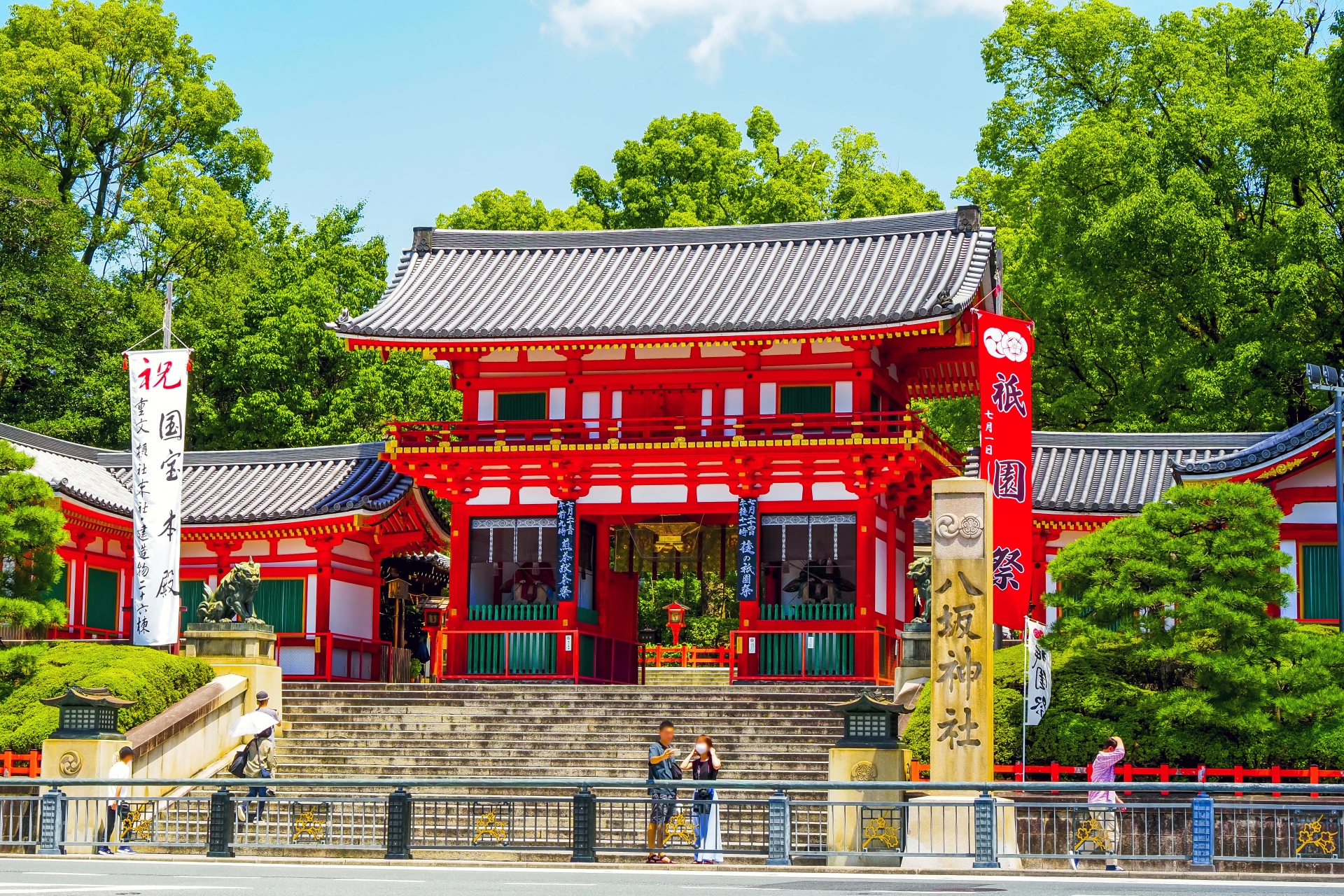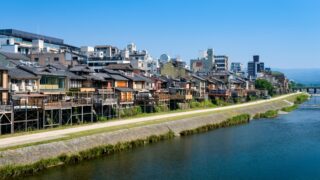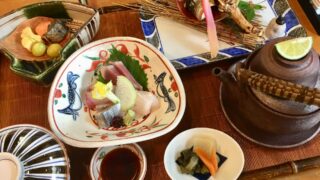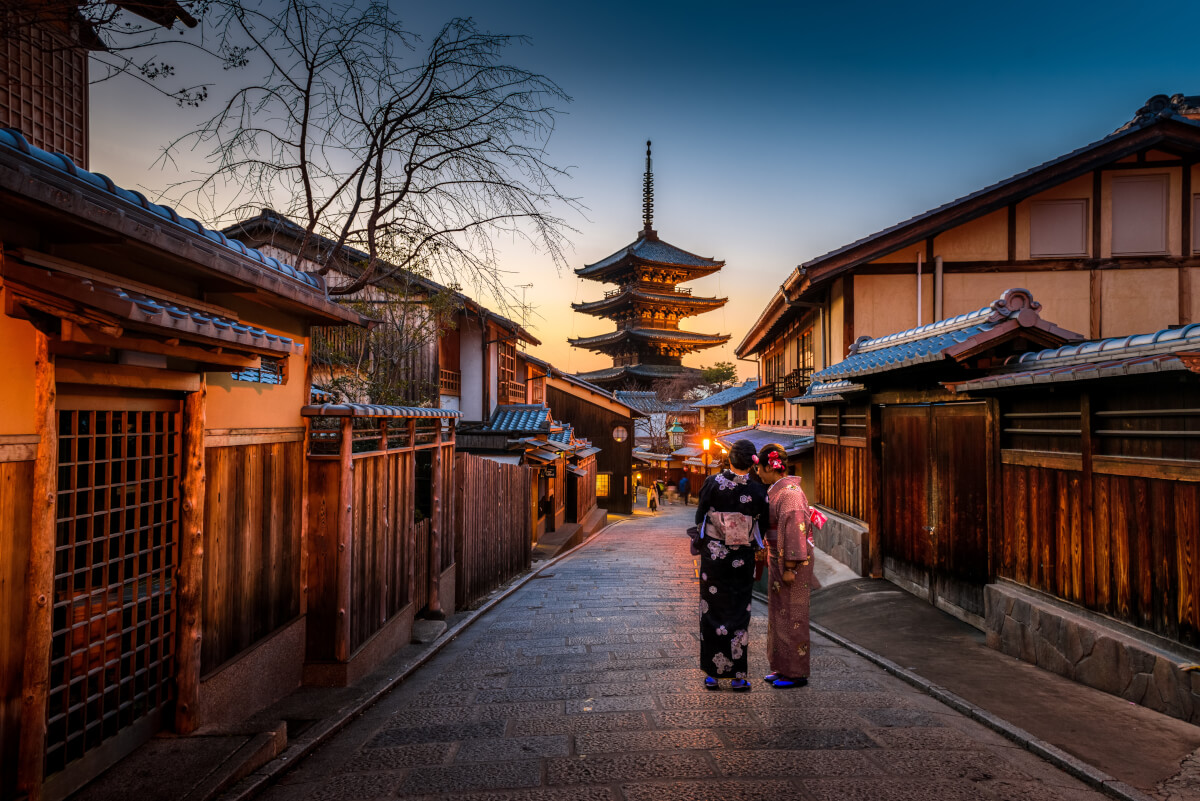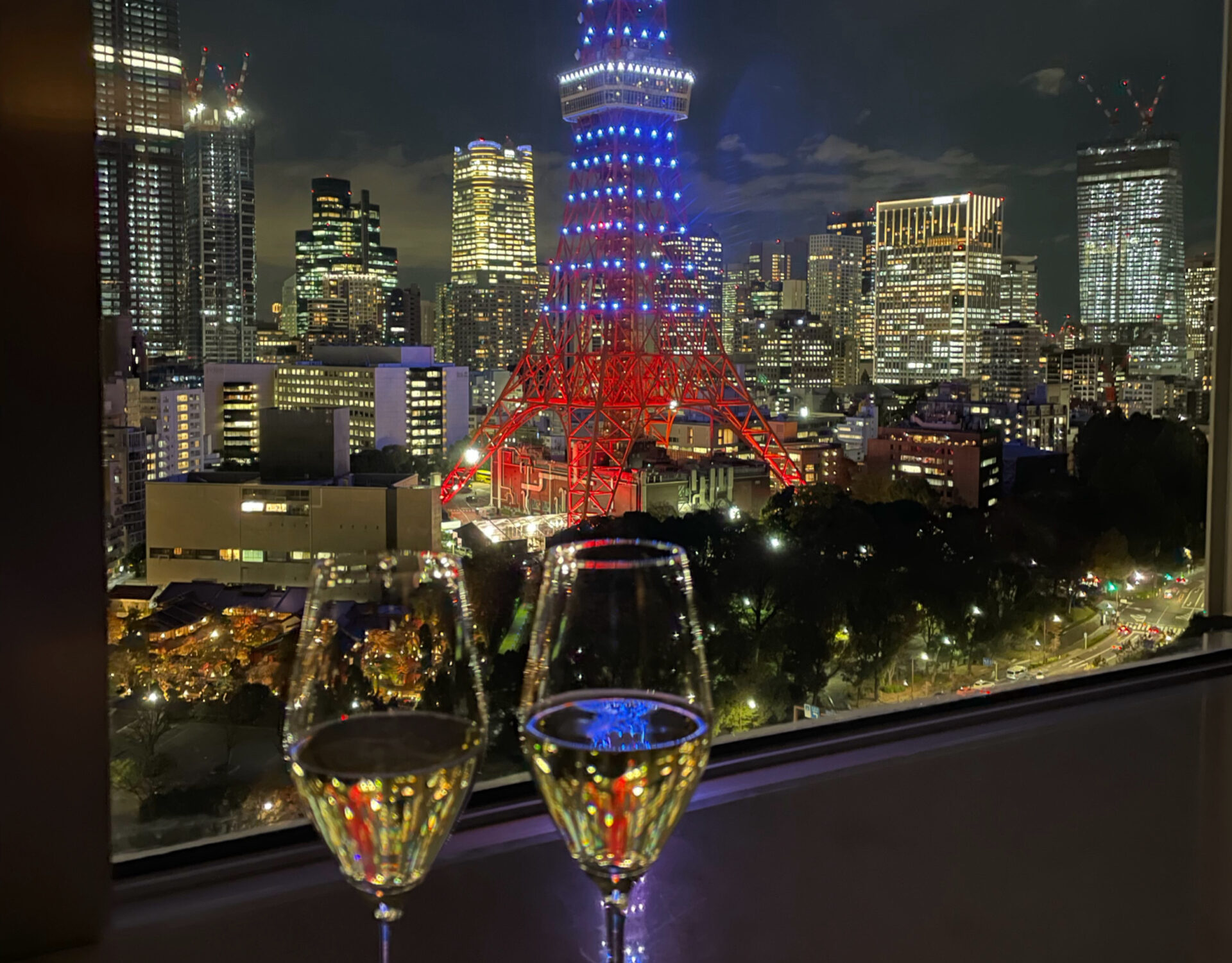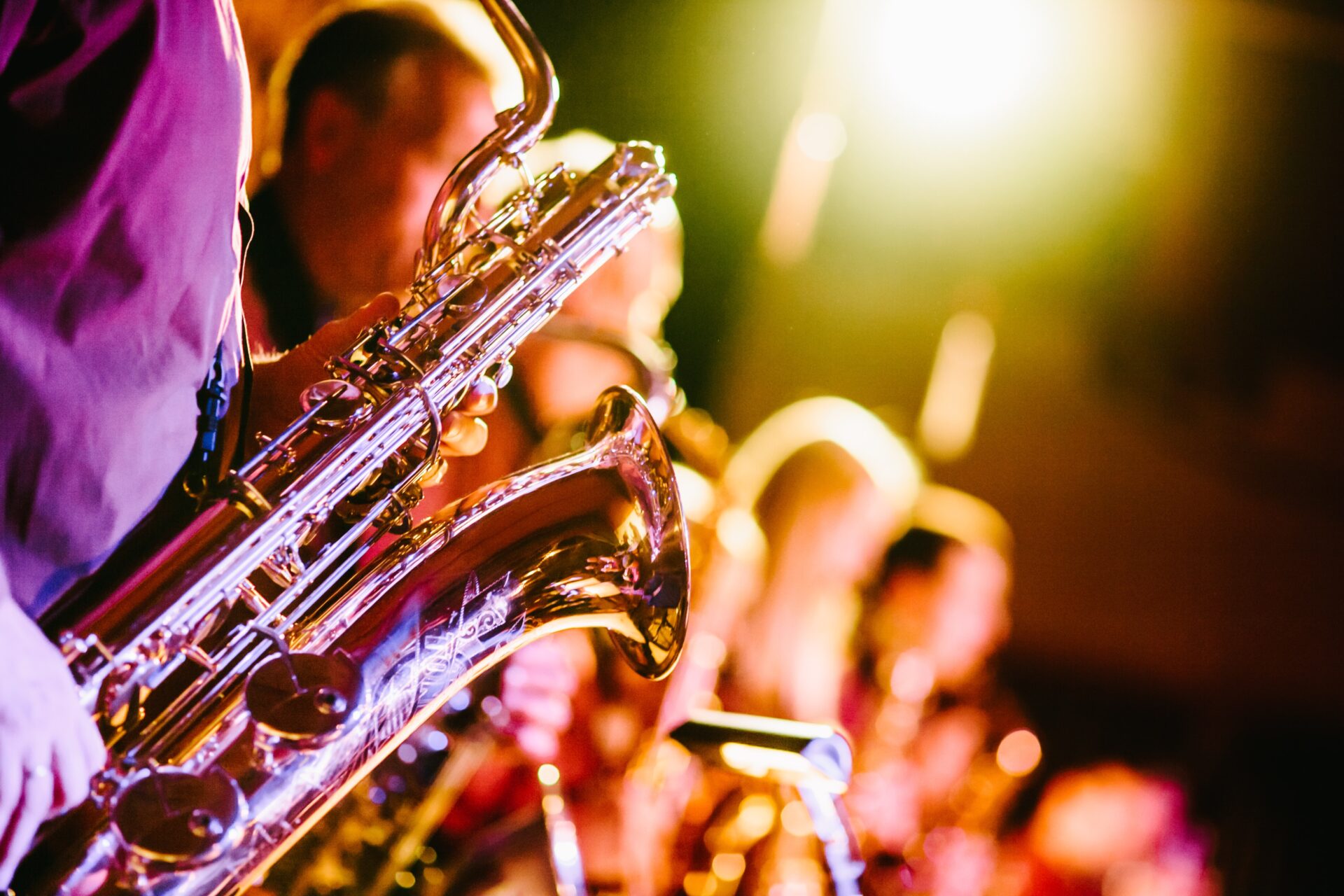
Mao Goto is a Japanese freelancer who was born in Hayama, Kanagawa prefecture, and raised in Tokyo. Since 2016 she lives in the Taito Ward, home to a lot of Japanese culture hotspots such as Asakusa, Akihabara, and Ueno. She has been interested in the field of English education in Japan and got her Master’s degree in March 2020. A lover of photography, travel, sweets, and cross-stitch. Contact her via Facebook.
This post may contain some affiliate links. When you click through and make a purchase we may receive some commission, at no extra cost to you.
Kyoto is often considered the cultural hub of Japan; a quintessential touchstone filled with temples, food, and many other uniquely Japanese attractions. While there is much to see and do in Kyoto, we have written this article to highlight the highly revered shrines in this ancient city. These shrines are essential symbols of Japanese tradition and history and are visited by tens of millions of worshippers and tourists each year. Kyoto offers a wide variety of shrines with prestigious sweeping pavilions, beautiful gardens, and sacred spaces surrounded by quiet forests. Some shrines are designated as national treasures, as their architecture, sculptures, and other artistic values provide an excellent opportunity to experience Japanese history at its source. Keep reading this article to discover the unique charms of 10 special shrines in Kyoto.
1. Fushimi Inari Shrine
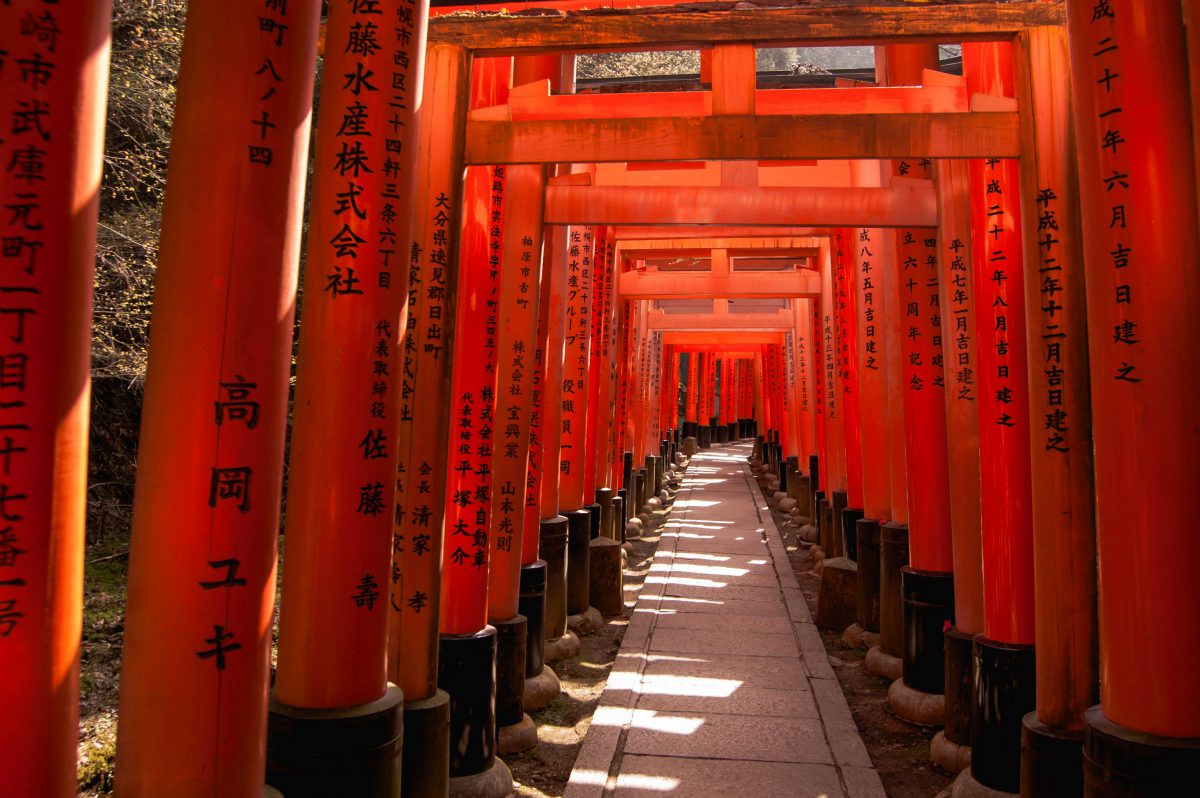
Kyoto, the ancient capital of Japan, is home to many shrines that combine Japanese tradition and architecture with the beauty of nature. One of the most fascinating shrines is the Fushimi Inari Shrine, built in 711, Fushimi Inari is the most revered of Inari shrines which are dedicated to Inari, the Shinto god of rice harvest. The main attraction of Fushimi Inari Taisha is the “Senbon-torii (千本鳥居)” a series of thousands of vermilion-lacquered torii gates. The sight of the vermilion-lacquered torii gates lined up in a row is truly a sight to behold. As you make your way along the approach to the shrine, you are enveloped in a mysterious and tranquil atmosphere that captivates visitors. Don’t be shy either – you can take pictures to your heart’s content but you don’t have to if you’d rather enjoy the moment of being one with nature!
Official Website: Fushimi Inari Shrine
2. Heian Jingu Shrine
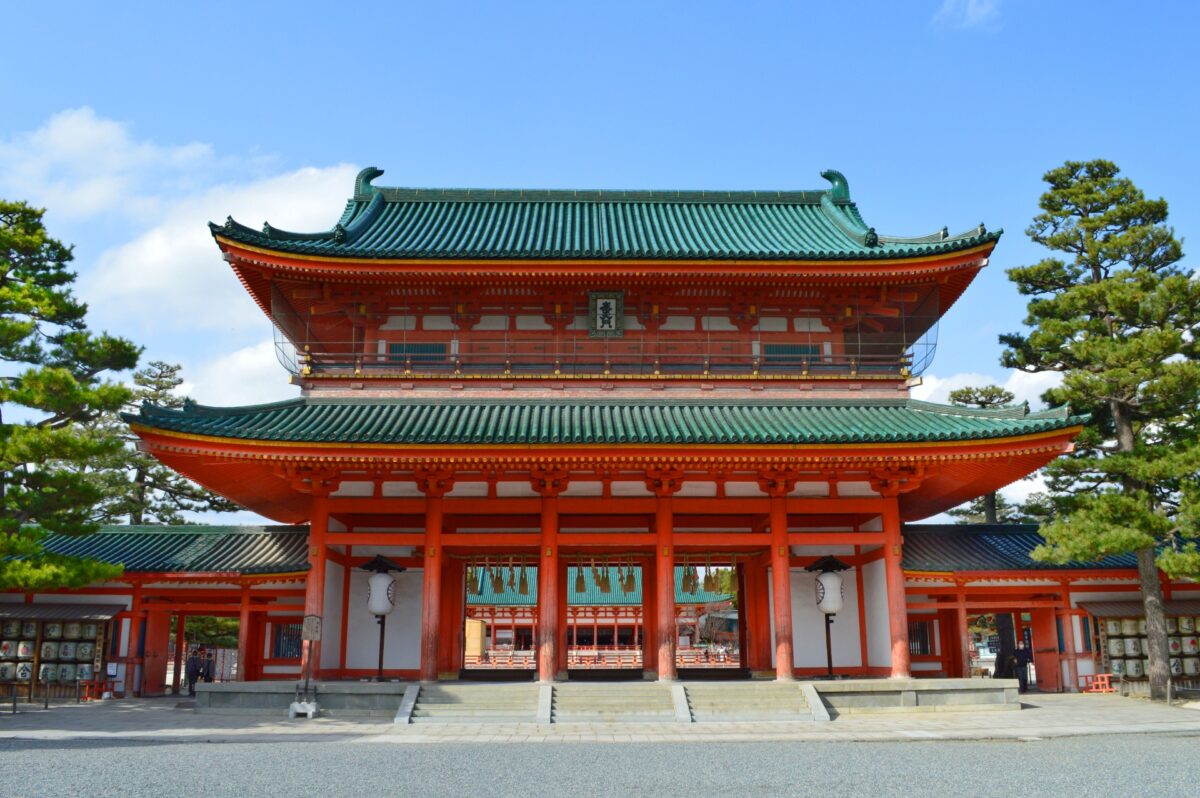
Heian Jingu Shrine was built in the Meiji period to commemorate the 1,100th anniversary of the relocation of Japan’s capital to Heian and to commemorate the 50th Emperor Kanmu as one of its deities. The most famous building in the shrine is the Otorii or Grand Gate. This Heian-period style building is well recognized for its looming 24-meter vermilion torii gate. Its majestic appearance is truly overwhelming. Upon entering the shrine grounds, visitors can feel the elegance and splendor of the ancient imperial court firsthand, even in the 21st century.
Official Website: Heian Jingu Shrine
3. Yasaka Shrine
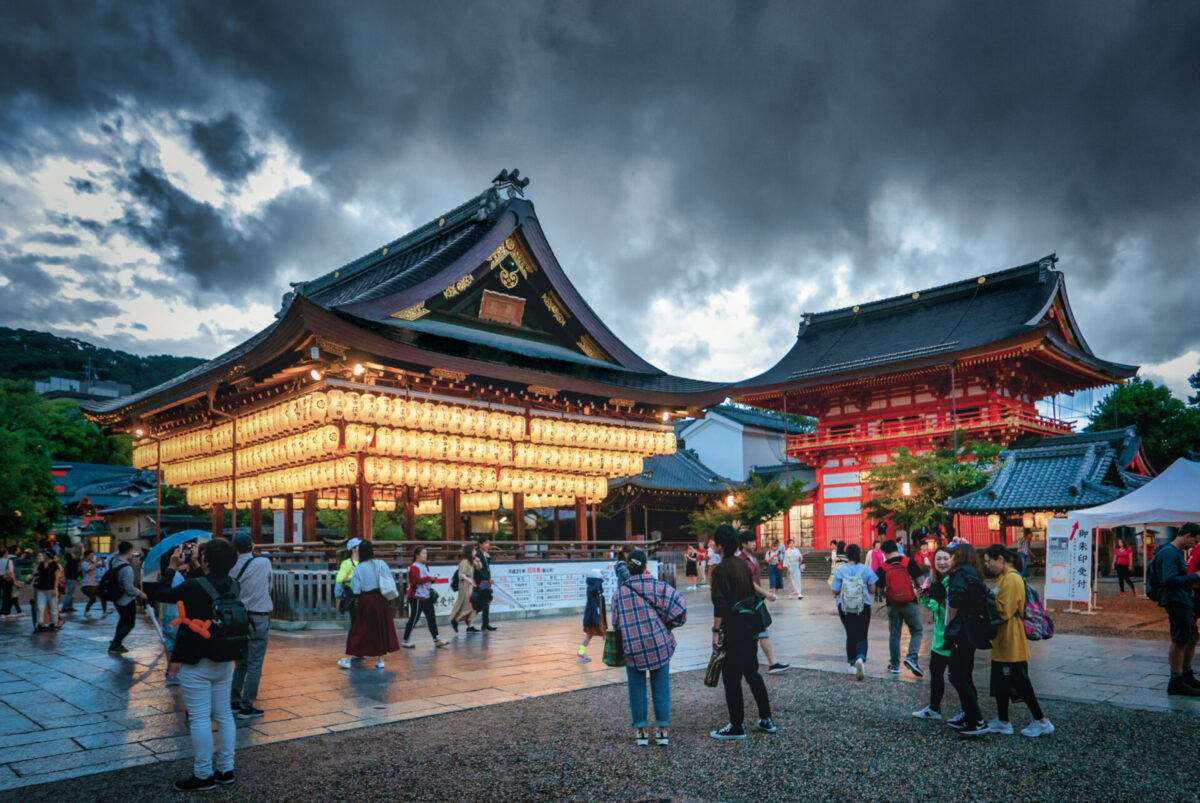
Yasaka Shrine, located in Kyoto, is the head shrine of all Yasaka shrines in Japan and has been called “Gion-san (祇園さん)” by the local people. Its main hall was built in the Edo period and stands out for its beauty as an architectural structure and was even designated as a national treasure. Adorned with vermilion pillars, the temple is one of the largest shrines in Japan and gives off a powerful and prestigious air.
Official Website: Yasaka Shrine
4. Kifune Shrine
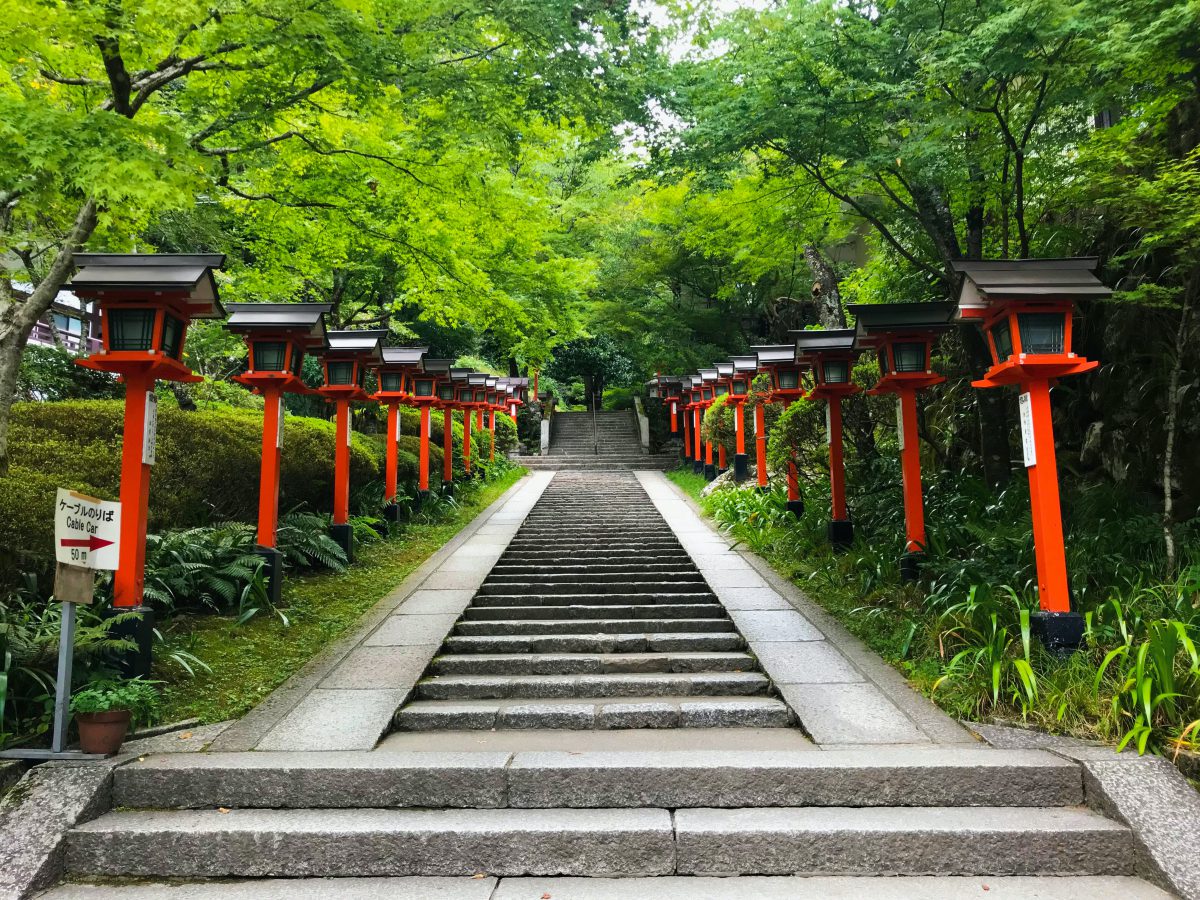
Kifune Shrine, located in Kifune, Kyoto, is known for its beautiful verdant greenery. This shrine is dedicated to the god of water, and since ancient times, rituals have been held both to pray for rain and to stop the rain in the event of a flood. With this in mind, it’s important to note that the Kibune River flows around the Kibune Shrine! Outside of the spiritual implication of the river, in the summer, many kawayuka riverside terraces provide an excellent cool place to relax in the hotter months. Surrounded by a mysterious green landscape, Kifune Shrine is an attractive place for visitors to mix their faith and reverence for the God of Water with a quaint summer scene.
Official Website: Kifune Shrine
5. Kamigamo Shrine
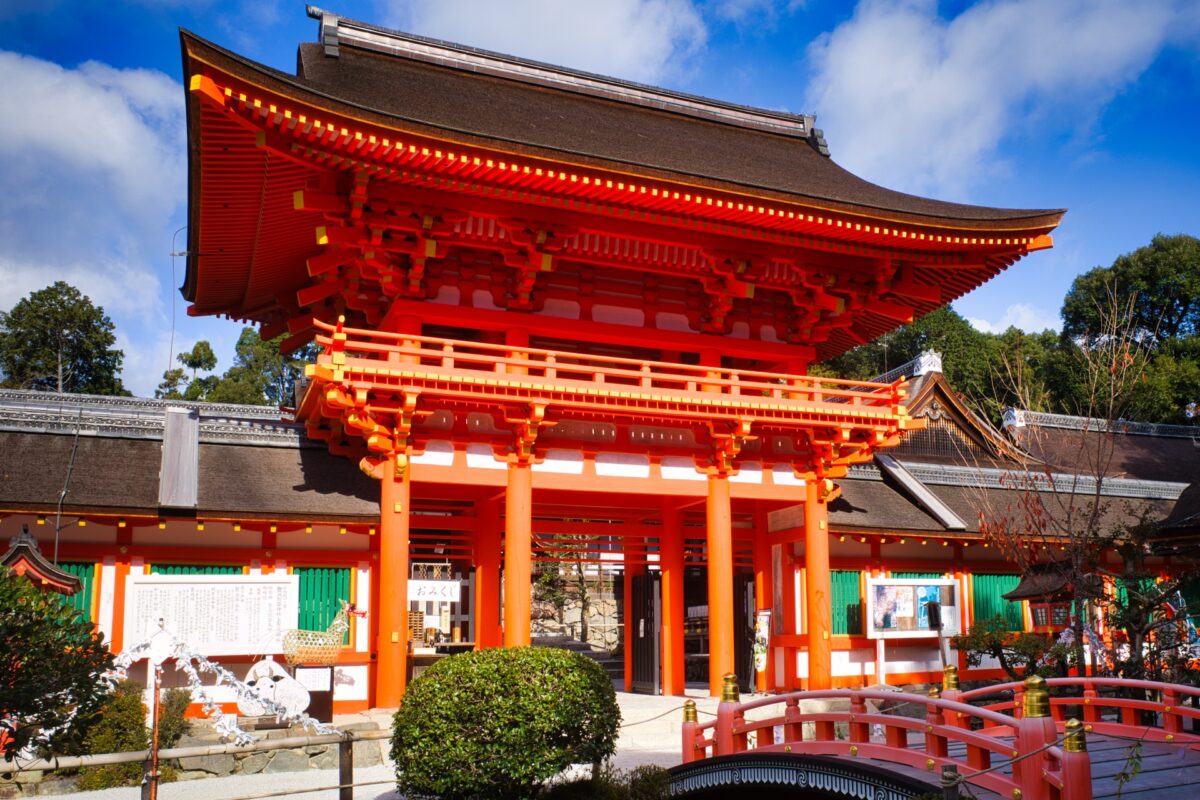
Kamigamo Shrine is located at the foot of the sacred Mt. Koyama, where the deity Kamo Wakeikazuchi (The deity of the Kamo clan (賀茂氏)) was said to have descended to earth. As such it is one of the oldest and most famous shrines in Kyoto. This shrine and its deity have long been worshipped for protection against all kinds of misfortune. The most eye-catching feature of the shrine is its beautiful structure, the Romon gate (楼門). The gate itself is vermilion-colored and stands in front of the main hall and worship hall. The elegant vermilion color creates a sacred atmosphere and is sure to be a memorable scene for all who enter.
Official Website: Kamigamo Shrine
6. Kitano Tenmangu Shrine
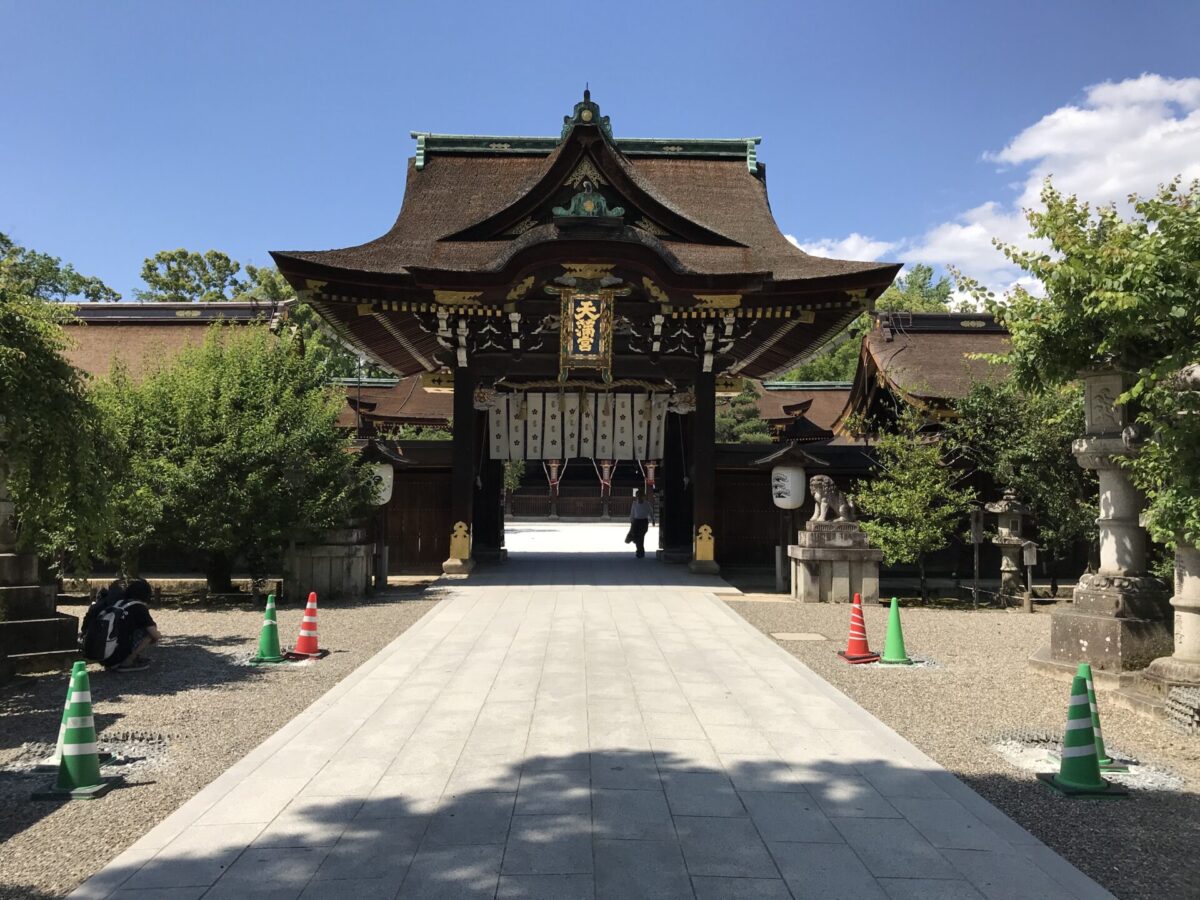
Kitano Tenmangu Shrine is the head shrine of approximately 12,000 Tenmangu and Tenjin Shrines throughout Japan and worships Sugawara no Michizane (菅原道真) a scholar, poet, and politician of the Heian Period, as its deity. The shrine is known as the “God of Academic Achievement” because Sugawara no Michizane was extremely diligent in their intellectual pursuits. During the examination season, many students visit the shrine to pray for success and good luck in their studies. In addition, once a month on the 25th, a fair is held, with a 1,000-stall flea market, creating a lively scene on both sides of the street. This jubilant fair is a fun event for locals and tourists alike.
Official Website: Kitano Tenmangu Shrine
7. Yoshida Shrine
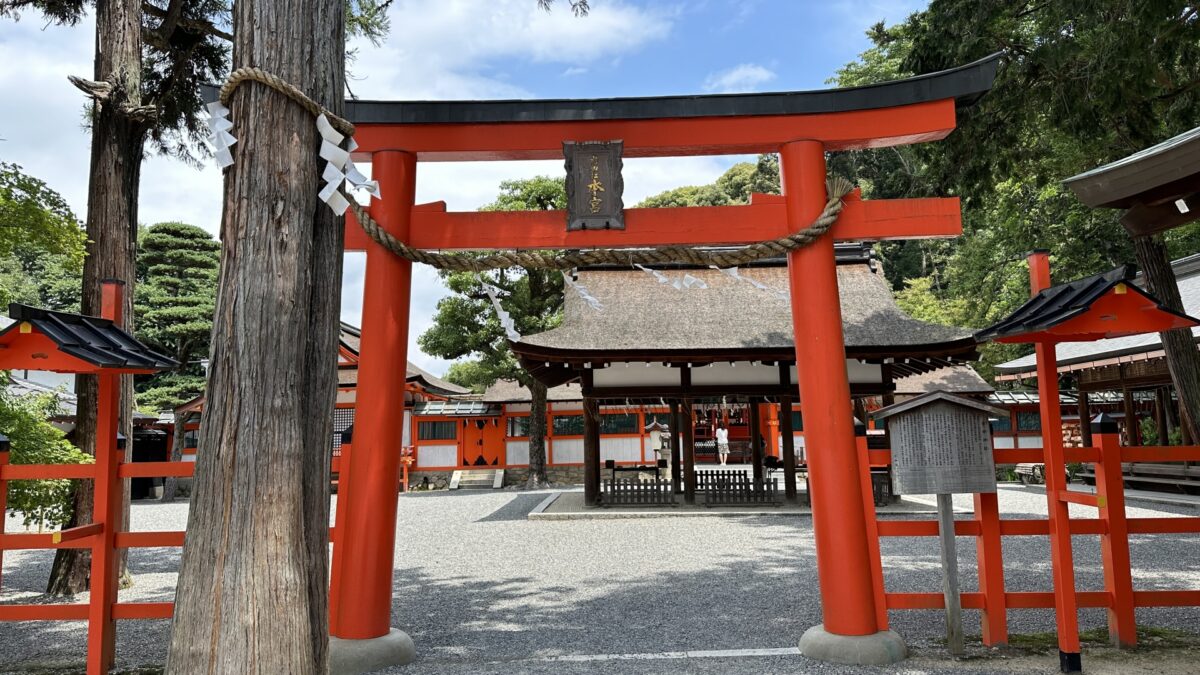
Yoshida Shrine traces its origin to the year 859 when it was established by Fujiwara no Yamakage as the guardian deity shrine of the Heian-kyo capital. It is believed to enshrine a god of good luck and people constantly come here with their wishes to pray for happiness, success, and protection from bad luck. Interestingly the Yoshida Shrine is also known as a place to worship the god of confectionery. It is said pastry chefs and members of the Japanese confectionery industry also worship here to obtain the deity’s “sweeter” blessings.
Official Website: Yoshida Shrine (Only in Japanese)
8. Yasui Konpiragu Shrine

Yasui Kompira Shrine is known as the “Enkiri Shrine (縁切り神社)”, a shrine that is said to bring blessings to those who visit it, cutting off bad relationships and attracting good ones. Supplicants to the shrine crawl write down their wishes on a white paper amulet and crawl in and out of the hole before pinning their amulet to the stone. It is said that this shrine not only brings luck in love, but also cuts off ties with illness, betting, and other negative aspects of life. It is especially famous for its omikuji (paper fortunes), called “en-omikuji (縁みくじ)” which gives you insight into your current karma. It can tell you about various kinds of karma as well; anything from love karma to illness karma.
Official Website: Yasui Konpiragu Shrine
9. Jishu-Jinja Shrine

Another well-known shrine in Kyoto that offers blessings in matchmaking is Jishu-Jinja Shrine. The oldest shrine is dedicated to the gods of love and relationships (En-musubi). Many people seeking fulfilled new or renewed relationships worship at this shrine. In particular, the “love fortune-telling stones” placed in front of the main shrine are the guardian stones of the area. It is said that the stone is so old that it dates back to the Jomon period (13,000–300 BC) and was originally placed to guide deities to the shrine. This shrine is located near Kiyomizu-dera Temple and can be visited easily.
Official Website: Jishu-Jinja Shrine
10. Matsunoo Taisha Shrine
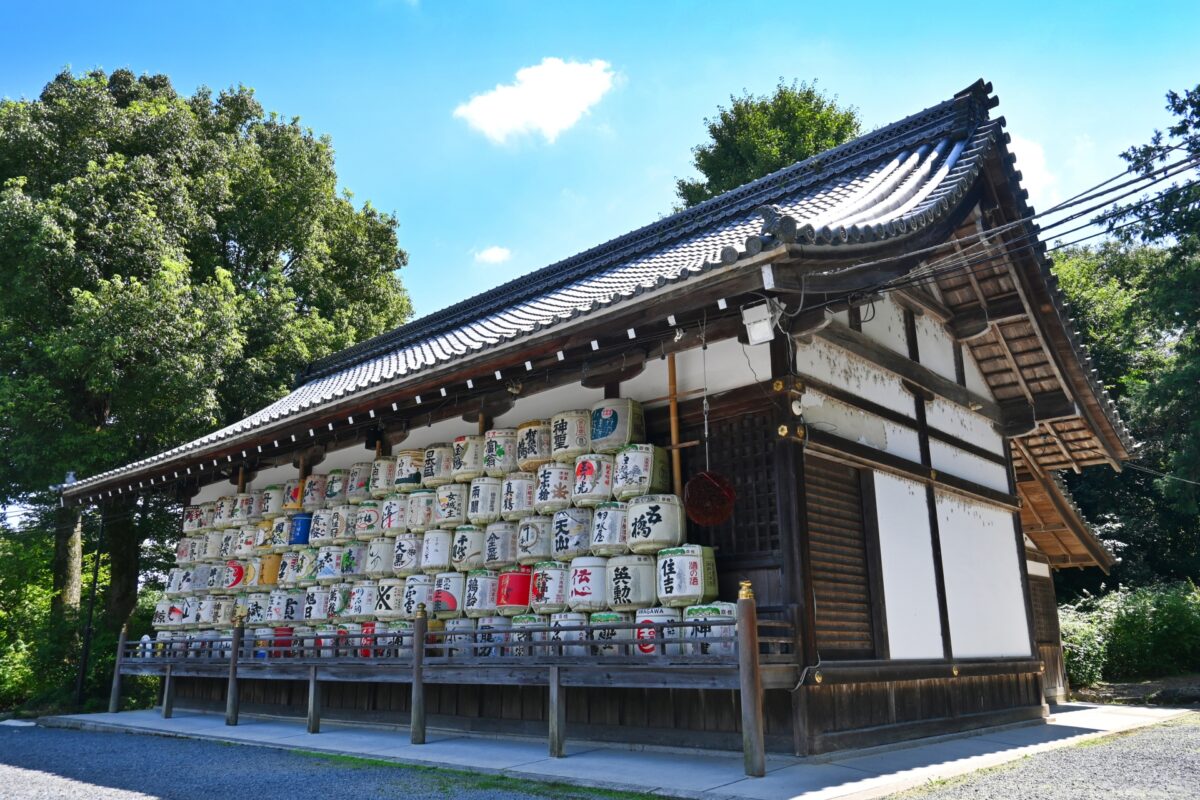
Matsunoo Taisha is a shrine erected across from Yasaka Shrine on the east side and is dedicated to the god of sake. In front of the large red torii gate, stands an objet d’art in the shape of a sake vessel, a scene that is truly typical of a sake shrine. Sake brewers from all over Japan dedicate their most prized sake products to this shrine, and their sake barrels can be seen piled high on the shrine grounds.
Official Website: Matsunoo Taisha Shrine
In this article, we have introduced 10 shrines that you can visit in Kyoto, but are there any shrines that you would like to visit that we didn’t mention? Regardless of what shrine you decide to see, we recommend that you do some preliminary research on the shrine to make your visit go more smoothly. For detailed information on how to visit a shrine as well as proper etiquette, please click here. Shrines in Kyoto are full of magical charm and are a truly special emotional and insightful experience. We highly recommend that any visitor to Kyoto take their time to pay their respects and experience the wonder and uniqueness of these sacred Shinto sites.
Japan Wonder Travel Tours in Kyoto
When you are visiting Kyoto and you need some help organizing your trip, you came to the right place. We’re happy to help you make your trip to Kyoto the best trip ever. We can advise you on where to go or even better, show you around with a local, English speaking guide. Let us help you create safe, comfortable, and unforgettable memories in Kyoto!
▶Kyoto 8h Private Custom Highlight Tour with Licensed Guide
On this full-day private tour of Kyoto, you will be able to see the highlights of Kyoto in just one day and at the same time develop a deeper understanding of both the culture of the area and Japan as a whole.

▶Meet a Geisha in Kyoto: Guided Walk in Gion and Enchanted Time with Maiko
Meet a Maiko, a geisha in Kyoto, and enjoy a walking tour in Gion, the geisha district. See an authentic Japanese tradition unfold before your eyes that has existed for hundreds of years. You’ll have chance to take a photo with Geisha!

▶Explore Nishiki Market: Food & Culture Walk
If you’re looking to learn more about the culture and the local cuisine of Kyoto, this is the perfect tour for you! Take part in this Kyoto food and drink tour and explore the 400-year-old market and the famous surrounding areas.
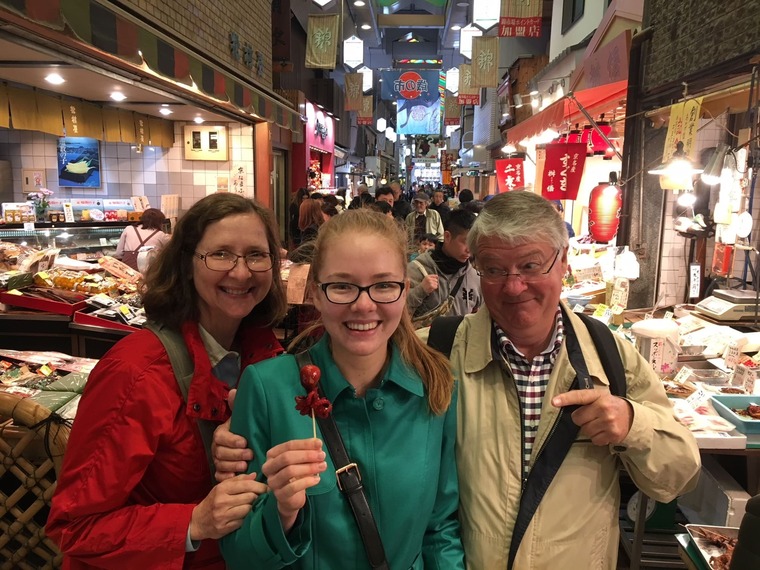
▶Kimono Experience
Kyoto is the best city to explore in kimono, Japanese traditional clothing. You can choose the one you like the most from several patterns and colors at the rental shop. In Kyoto, two locations are both accessible from the main tourist attractions which makes it easy to try it on and explore the city for a day!

Follow us on Instagram, Facebook, Twitter, and TikTok for more travel inspiration. Or tag us to get featured!
Happy traveling!
Stay informed of the best travel tips to Japan, the most exciting things to do and see, and the top experiences to have with the Japan Wonder Travel Newsletter. Every week we will introduce you to our latest content.
